DROPS Alpaca Bouclé
Soft, light and full of loops!
from:
3.85€
per 50 g
Content: 80% Alpaca, 15% Wool, 5% Polyamide
Yarn Group:
C (16 - 19 stitches)
/ 10 ply / aran / worsted
Weight/length: 50 g = approx 140 m
Recommended needle size: 5 mm
Knitting tension: 10 x 10 cm = 17 sts x 22 rows
Care: Hand Wash, max 30°C / Dry Flat / Feltable
Superwash: no
Made in: Peru
Raw material origin: Alpaca and wool from South America, polyamide from Germany
This yarn has an Oeko-Tex® certification (certificate number 23.HPE.36896), Standard 100, Class II from the Hohenstein Institute. This means that is has been tested for harmful substances and is considered safe in human-ecological terms. Class II means the yarn is suitable to come in direct contact with the skin to a large extent, such as blouses, shirts, mattresses, etc.
DROPS Alpaca Bouclé is a lovely effect yarn spun from 2 strands of superfine alpaca with a core of wool and polyamide that gives the yarn its strength. Its natural fibers are untreated, which means that they are only washed and not exposed to any chemical treatment prior to the dyeing. This highlights the fiber’s natural properties, while it also provides a better shape and texture quality.
“Bouclé” is the French word for a loop and it refers to the number of small loops of pure alpaca that give the yarn its characteristic look and that enhance the softness of the fiber. Garments made in DROPS Alpaca Bouclé are light and very fluffy.
Read more about our products' sustainability here
Please be aware that the colours shown may vary from screen to screen in the same way that shades may vary slightly from dye lot to dye lot.
How do I care for this yarn?

Hand Wash, max 30°C / Dry Flat
First of all, consider just airing the garment, instead of washing it. If you still desire to wash it, here are some guidelines:
- Hand wash at 30ºC - separately - with wool detergent without enzymes or optical brighteners.
- Don’t let the garment soak. Move the garment gently back and forth, do not rub or squeeze it.
- Rinse the garment until the rinse water is completely clear, making sure the water temperature stays uniform.
- Do a light centrifugation of the garment (about 800rpm), choosing a program that DOES NOT take in water at the start. Or press carefully the water out of the garment with a dry towel. The garment shouldn’t be twisted or rolled.
- To dry the garment, shape it and lay it flat - do not hang - ideally on a warm bathroom floor or on top of a drying rack in a room with good air circulation. Never dry the garment in direct sunlight.
- Don’t tumble dry.
Note: If you are washing a project made with this yarn combined with another, the general guideline is to follow the washing instructions for the most delicate of the yarns you are working with.
Thinking about felting this yarn?
See how this yarn looks before and after felting:
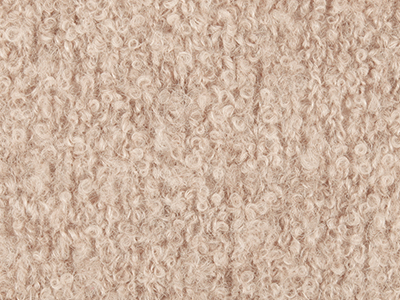
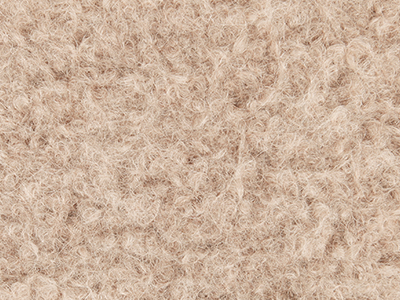
Needles: 5.50 mm
Before: 16 sts x 21 rows
After: 21 sts x 32 rows
Do you have a question about this yarn?
See a list of frequently asked questions (FAQ) about our yarns.
1) What type of fibers make the DROPS yarns?
Yarn can be made from a large number of natural and synthetic fibers. DROPS carries mainly yarns made from wool, cotton, alpaca, linen, mohair and silk. Each fiber type has its own qualities, and they are often mixed to take advantage of the best properties of each one. Coarse yarn has the advantage of being stronger and more durable, and finer fibers offer more softness and comfort. Here a bit about the main fibers we carry:
Alpaca:
Alpaca fleece is the natural fiber harvested from an alpaca, and it is similar in structure to sheep wool fiber. Its softness comes from the small diameter of the fiber, similar to merino wool. It is a soft, durable, luxurious and silky natural fiber. Yarn made from alpaca fibers does not felt or pill easily, and it can be light or heavy in weight, depending on how it is spun. While similar to sheep’s wool, it is warmer, not prickly, and has no lanolin, which makes it hypoallergenic. Alpacas come in 22 natural colors, with more than 300 shades from a true-blue black through browns-black, browns, white, silver and rose-greys.
Mohair:
This fiber comes from the Angora goats, and it's considered a luxury fiber. Mohair yarn is warm as wool, but much lighter in weight; it is durable, dyes well and does not felt easily. Mohair fibers have also a distinctive luster created by the way they reflect light. Despite being a hard fiber, mohair is usually spun into a very fluffy yarn, resulting in airy and lustrous garments.
Wool:
The wool fibers come from the skin of sheep and are relatively coarse fibers. Two striking characteristics of wool are its susceptibility to heat and its felting property, which is caused by the scales on the surface. Depending upon the breed of sheep, the appearance of the wool varies.
Wool from Merino sheep is considered the finest type of wool, having as characteristics that is finely crimped and soft. All the Merino wool in the DROPS yarns has its origins in South America, coming from sheep that have not been subject to Mulesing.
Pure new wool is wool made directly from animal fleece, and not recycled from existing wool garments.
Machine washable wool is wool treated chemically to minimize the outer fuzzy layer of the fibers, and be therefore fitable for machine wash (see Superwash).
Silk:
The silk fiber is a fine continuous fiber produced from the cocoon of a moth caterpillar known as the silkworm. While silkworm is cultivated, the wild or tussah silk is obtained from uncultivated silkworm cocoons. Silk fiber is one of the strongest natural fibers and makes a wonderful knitting yarn. It blends really well with other fibers, especially wool. Silk also dyes beautifully with natural dyes.
Vegetable fibers:
There are several varieties of vegetable fibers, found in the cell walls of plants or vegetables. Of all the varieties, two are recognized as major knitted or textile fibers. They are cotton and linen.
Cotton is the fiber surrounding the seeds in a cotton pod, and it is almost pure cellulose. Cotton is usually white in color but there are green and brown varieties as well. The cotton fiber is most often spun into yarn or thread and used to make a soft, breathable textile that is good for summer clothing and accessories, making a weaker yarn than silk or linen but stronger than wool.
Mercerized cotton is cotton that has been through a mercerization treatment. This treatment gives cotton fabrics and threads a lustrous yarn that is more lustrous than conventional cotton. It is also stronger, takes dye a little more readily, makes the yarn more resistant to mildew and reduces lint. It also may not shrink or lose its shape as much as "regular" cotton.
Linen is a fiber derived from the stalk of the flax plant that is durable and stronger than any other fiber. The linen fiber is relatively soft, straight and lustrous and becomes more beautiful with age. Linen is more comfortable to wear in hot temperatures than cotton, due to the fact that it absorbs moisture better and dries more quickly.
Other materials used in our yarns include synthetic fibers such as acrylic, viscose, polyamide (nylon) and polyester. These fibers are used mostly to give strength to a yarn (like our sock yarn, DROPS Fabel) or a special kind of structure (like our blown yarn, DROPS Air).
The polyamide fibre, commonly known as nylon, is very strong, durable, lightweight, easy to care for (can be machine washed and dried), and elastic, which makes it perfect for blending with other fibres to produce hard-wearing yarns like sock yarn.
Compared to polyester, polyamide is softer and more flexible, but it also absorbs more water and dries slower.
3) What type of information can I find on the DROPS yarn labels?
All DROPS yarn labels include information about fiber content (wool, cotton, etc.), weight in grams and ounces, length in meters and yards, washing instructions and symbols (explained here), color number, dye lot number and yarn group information.
4) What are the DROPS yarn groups?
All DROPS yarns are classified into 6 different thickness groups (A to F). Yarns in a same group have similar knitting tension/gauge, and can therefore be interchanged in patterns; however the length may be different, so when substituting always calculate the amount of meters/yards needed for the pattern to know the amount of yarn you need to get.
5) Can I use a different yarn than the one mentioned in the pattern?
Yes, as long as the yarn can be worked in the same knitting tension/gauge. Always swatch to make sure you get the same number of stitches in width and rows in height as given in the pattern.
Remember that different yarns with different textures, will give the garment different looks. The yardage/length may also be different, so when substituting always calculate the number of yards needed, in order to know the amount of yarn you need.
Read more about how to calculate the amount of an alternative yarn - and how to replace 1 thread of a yarn with 2 or more of another, here.
6) What does it mean when a yarn is “Superwash”?
A superwash wool is a special wool product that has been treated or processed in a way that allows it to be machine washable. Many people are afraid to work with wool because it is so easy to shrink (though some shrink wool on purpose) and superwash wool can allow them to work with great fibers without worry. (Read more here).
7) What does “Oeko-Tex® certified” means?
The Oeko-Tex® Standard 100 was introduced at the beginning of the 1990s as a response to the needs of the general public for textiles which posed no risk to health. The Oeko-Tex® Standard 100 is a globally uniform testing and certification system for textile raw materials, intermediate and end products at all stages of production. The test for harmful substances comprise substances which are prohibited or regulated by law, chemicals which are known to be harmful to health, and parameters which are included as a precautionary measure to safeguard health.
For more info go to www.oeko-tex.com
10) How accurate are the colours on the shade cards online?
When obtaining images for the shade card, we do our best to achieve the highest level of color accuracy. Unfortunately, we cannot guarantee how images will appear on your computer screen. Every monitor displays color differently, some colors might look darker than they really are, and some colors might be more saturated on some screens. If you experience that many of the yarn colors looks different on your screen than the actual color of the skeins, you can adjust the setting on your monitor.
11) What is a micron? What does super fine / extra fine mean?
The fineness of yarn fibers is measured in microns (thousands of millimeters). Super fine alpaca wool is 26-28 microns. Fine merino wool is less than 21.5 microns and extra fine merino is under 19.5 microns. The less microns the softer and more delicate a quality can be, the more microns the more hard wear the quality will be.
The reason why the microns in a yarn’s fibers are important is that the yarn will eventually become something else, and how delicate or coarse a yarn is will determine in part what we use it for. That’s why we recommend the softest yarns (like DROPS Baby Merino) for baby clothing, or why we choose to use a more hard wear yarn like DROPS Snow, for a seating pad or slipper.
12) Why are the colours in my skeins of print yarn different?
The reason why two skeins of a same print yarn look different can be 1) that both skeins are part of different dye lots; 2) that the skeins have been dyed using a technique called "magic print" (the one used for example in DROPS Delight), which provides unique patterns and smooth colour transitions to each skein, meaning also that within one dye lot, lighter or darker varieties might appear. This is no fault or defect, but part of the yarn's character.
13) My store doesn’t have the colour I want, what can I do?
If your DROPS store doesn’t have the yarn colour you want, try contacting a DROPS Super Store (the ones with the golden badges) - they will make sure to get a hold of the colour even if they don’t have it in stock themselves. See a list of all DROPS stores here.
14) Where can I find a specific dye lot of a colour?
Always try contacting your DROPS store first. If they do not have the dye lot you want we recommend you to ask other knitters and crocheters in the DROPS Workshop in Facebook or Ravelry, which may have the dye lot in their stash and might be willing to part from it.
Yarn sheds because there's not enough twist to hold all of the fibers together. All yarns have excess fibers (from production) that might come off as lint or shedding, in varied degrees that depend on how the yarn is spun. Brushed yarns ("hairier" yarns) like DROPS Melody, have more of these loose fibers than other yarns, and therefore shed more. Shedding also depends on what is worn under or over the garment, and whether this pulls at the yarn fibers. It’s therefore not possible to guarantee that there will be no shedding.
Below are some tips on how to get the best result when working with hairier yarns:
- When the garment is finished (before you wash it) shake it vigorously so the looser hairs come off. NOTE: do NOT use a lint roller, brush or any method that pulls at the yarn.
- Place the garment in a plastic bag and put it in your freezer - the temperature will cause the fibers to become less attached to each other, and excess fibers will come off easier. Leave in the freezer for a few hours before taking it out and shaking it again.
- Wash the garment according to the instructions on the yarn label. Garments worked with hairier yarns usually need to be shaken once dry after washing, so that the hairs rise and any excess fibers can come off.
Pilling is a natural process that happens to even the most exclusive of fibers. It's a natural sign of wear and tear that is hard to avoid, and that is most visible in high friction areas of your garment like a sweater's arms and cuffs.
You can make your garment look as new by removing the pilling, using a fabric comb or a pill/lint remover.
How can I replace this yarn?
If you are looking to replace this yarn with another DROPS yarn, you can use another yarn within the same yarn group, or try our yarn converter!
Other yarns in Yarn Group C
Read more about replacing yarn.Have a problem with the DROPS yarn you purchased?
When you purchase yarn from the shade cards or patterns on our site, you are not buying directly from DROPS but from one of the hundreds of DROPS stores around the world. It is therefore important that you take contact with the DROPS store where you bought the yarn, and that you save the labels of all the skeins you purchased (they are your warranty).
The DROPS store you contact will assist you and escalate the claim if necessary. Find a list of DROPS stores here.
Comments / Questions (126)
![]() Maddison wrote:
Maddison wrote:
I’m wondering if this yarn is soft. I wish I could feel it before buying. Is it itchy?
24.12.2020 - 05:22DROPS Design answered:
Dear Maddison. This yarn is soft and not itchy. Happy knitting!
03.01.2021 kl. 23:40
![]() Alessandra wrote:
Alessandra wrote:
Buongiorno, vorrei sapere se il filato DROPS Alpaca Bouclé è indicato anche per persone "allergiche" alla lana, perchè vedo che oltre all'alpaca, che non dà problemi, c'è una percentuale di lana non meglio descritta. Grazie
23.12.2020 - 11:57DROPS Design answered:
Buongiorno Alessandra, l'allergia alla lana è soggettiva, per cui diversa da persona a persona. Può provare a recarsi che in un rivenditore DROPS e vedere di persona il filato. Buon lavoro!
23.12.2020 kl. 13:14
![]() Caroline wrote:
Caroline wrote:
Are any color options UNDYED or natural for the Alpaca Boucle yarn? Are the Off White, Beige, or Brown colors undyed?
18.12.2020 - 21:31DROPS Design answered:
Dear Caroline, all colours Alpaca Bouclé are dyed. Happy knitting!
21.12.2020 kl. 10:59
![]() Nathalie wrote:
Nathalie wrote:
Bonjour, Je viens de découvrir l'alerte de la PETA sur les conditions de tonte des alpaca au Peru par les fermes mallkini et la laine alpaca distribuée par Mitchell. Pouvez-vous m'assurer que toutes les fibres naturelles des laines drops sont obtenues dans des conditions éthiques respectueuses des producteurs et des animaux qui les produisent ? J'aime vos produits mais je devrai y renoncer si vos produits sont associés à de tels scandales. Cordialement Nathalie
16.12.2020 - 12:53
![]() Maria Antonia Cuevas wrote:
Maria Antonia Cuevas wrote:
Necesitaria 7 madejas de frops alpaca boucle color 2020 (beige claro)
04.12.2020 - 16:49DROPS Design answered:
Hola María, esta página está dedicada a los patrones y a información sobre los productos. Para comprar las lanas, tienes que contactar con tiendas minoristas de Drops. Puedes consultar las tiendas en el siguiente enlace: https://www.garnstudio.com/findastore.php?id=23&cid=19
06.12.2020 kl. 17:08
![]() Mika wrote:
Mika wrote:
Bonjour Puis-je tricoter un bonnet bébé avec la laine Alpaca bouclé, sans crainte que la laine pique SVP ?
22.11.2020 - 13:25DROPS Design answered:
Bonjour Mika, la laine Alpaca Bouclé est douce, elle conviendrait à un bonnet pour bébé - n'hésitez pas à contacter votre magasin DROPS pour toute assistance au choix d'une laine - on saura vous conseiller, même par mail ou téléphone. Bon tricot!
23.11.2020 kl. 11:59
![]() Magali Van Dyck wrote:
Magali Van Dyck wrote:
Hallo, Ik heb een patroon gevonden voor het breien van een gilet. Als beginnende breier weet ik het even niet. Ik heb nodig: 100% alpaca bouclé, kremke bouclé; 50g (280m); breinaalden 6; 6 bolletjes voor maat S. Ik vroeg mij af of deze wol hiervoor geschikt is. Alvast bedankt!
15.11.2020 - 15:34DROPS Design answered:
Dag Magali,
DROPS Alpaca Bouclé is inderdaad geschikt voor patronen die ontworpen zijn voor dit garen en waarbij ook aangegeven is dat het in dit garen wordt gebreid. Helaas kan ik niet zien welk patroon je precies bedoeld. Je kunt voor dergelijke vragen overigens ook altijd terecht bij de winkel waar je de garens besteld.
21.11.2020 kl. 19:12
![]() Judith Watkinson wrote:
Judith Watkinson wrote:
Can I buy this yarn in Australia?
19.10.2020 - 00:14
![]() Judith Watkinson wrote:
Judith Watkinson wrote:
How can I buy Drops BOUCLE YARN in Australia
18.10.2020 - 11:11
![]() Judith Watkinson wrote:
Judith Watkinson wrote:
Can I buy this yarn in Australia?
18.10.2020 - 10:46
![]() Judith Watkinson wrote:
Judith Watkinson wrote:
How can I buy this yarn in Australia?
18.10.2020 - 10:44DROPS Design answered:
Dear Mrs Watkinson, you will find list of DROPS stores shipping worldwide here. Happy knitting!
19.10.2020 kl. 10:54
![]() Marijke Van Hout wrote:
Marijke Van Hout wrote:
Graag wil ik het vest met sjaalkraag: autumn élégance ( drops design) Maat XL het breigaren Puddel is echter uit de handel en nu wil ik het vervangen door Alpaca bouclé en drops brushed alpaca silk Kunt U mij zeggen hoeveel ik nodig heb van elk? Van de Puddel werd 850- 900 gram aan gegeven en werd gebreid op nl nr 7 of de maat van 10stx 14 nl= 10x10cm. Hartelijke groet Marijke
02.10.2020 - 12:45DROPS Design answered:
Dag Marijke,
Bij elk patroon staat onderaan de lijst met materialen een link naar een garenvervanger waarmee je kunt berekenen hoeveel gram je van een ander garen nodig hebt om het patroon te breien. Deze geeft aan:- 850g DROPS Eskimo (1 thread) of - 607g DROPS Alpaca Bouclé (2 draden) of- 567g DROPS Air (2 draden) of - 304g DROPS Brushed Alpaca Silk (2 draden) of - 896g DROPS Big Delight (2 draden) of - 1134g DROPS Nepal (2 draden).
Wanneer je Alpaca bouclé en Brushed Alpaca Silk wilt combineren, zou je van beide de helft van de aangegeven hoeveelheid kunnen nemen, dus respectievelijk 6 bollen en 3 bollen.
21.11.2020 kl. 19:39
![]() Marijke Van Hout wrote:
Marijke Van Hout wrote:
Graag wil ik het vest met sjaalkraag: autumn élégance ( drops design) Maat XL het breigaren Puddel is echter uit de handel en nu wil ik het vervangen door Alpaca bouclé en drops brushed alpaca silk Kunt U mij zeggen hoeveel ik nodig heb van elk? Van de Puddel werd 850- 900 gram aan gegeven en werd gebreid op nl nr 7 of de maat van 10stx 14 nl= 10x10cm. Hartelijke groet Marijke
01.10.2020 - 11:13
![]() Hilde Stang wrote:
Hilde Stang wrote:
Når får dere inn mer av dette garnet i fargen "natur" på lageret?
25.08.2020 - 00:04DROPS Design answered:
Hej Hilde. Den finns nu på lager hos oss. Mvh DROPS Design
25.08.2020 kl. 11:33
![]() ELLEN Haas wrote:
ELLEN Haas wrote:
I want to order 4 off white and 3 black how do i place order
23.08.2020 - 18:06DROPS Design answered:
Dear Mrs Haas, please find here the list of DROPS stores shipping to USA. Happy knitting!
24.08.2020 kl. 09:32
![]() Steffie wrote:
Steffie wrote:
Dear DROPS, I read that your alpaca wool comes from Peru. Can you maybe tell me more about where the wool comes from (preferably which farm), how the animals are treated and what the yarn making process is when you make that yarn with alpaca wool? Thank you so much, Steffie.
09.06.2020 - 17:01DROPS Design answered:
Dear Steffie, We only work with the biggest and most serious producers in the industry. These are companies that have to follow EU regulations and guidelines regarding the sourcing of raw material, treatment of animals, dyeing techniques, certificates etc. in order to be able to commercialize their product in the European Union. Everything is monitored by the pertinent authorities, not by us. We hope this gives you some sort of answer.
10.06.2020 kl. 06:43
![]() Sophie Cooper wrote:
Sophie Cooper wrote:
Dear Sir/Madam I’m interested in using your yarns - primarily Drops Puna and Drops Alpaca Boucle for toy making purposes. To do this I need to prove compliance for EN71-3, do you have any certification that I could use in my technical file to prove this? Many thanks, Sophie
21.05.2020 - 12:50DROPS Design answered:
Dear Mrs Cooper, some of our yarns (not Alpaca Bouclé nor Puna) are certifed Oeko-Tex (you can then find the certification number on the shadecard), but we do not have further certifications. Happy knitting!
22.05.2020 kl. 10:38
![]() Rachel McGreevy wrote:
Rachel McGreevy wrote:
Has this wool been tested to the en71-3 standards?
08.05.2020 - 17:14DROPS Design answered:
Dear Mrs McGreevy, no sorry, it hasn't been. Happy knitting!
11.05.2020 kl. 11:30
![]() Josiane C wrote:
Josiane C wrote:
Bonjour,\r\n(je voulais vous envoyer en MP, mais je ne trouve pas votre email)\r\nje suis du Canada, et le seul magasin qui livre est situé en Grande-Bretagne.\r\nLe hic, c\'est que lorsque vous faites un solde sur une laine, eux ne le font pas. J\'adore ce fil, j\'allais en commander 600g, ainsi que d\'autres laines, mais avec le taux de change, la livraison, et les frais de douane à l\'arrivée... sans le rabais, ouf, ça fait cher la pelote!
04.05.2020 - 16:13DROPS Design answered:
Bonjour Josiane C., vous pouvez contacter Nordic Yarn, notre distributeur au Canada qui saura vous donner la liste des magasins DROPS dans votre pays; ou bien vous adresser aux magasins DROPS qui expédient au Canada. Bon tricot!
05.05.2020 kl. 11:49
![]() Kerstin Bartel wrote:
Kerstin Bartel wrote:
Alpaca Bouclé...kann diese Wolle dazu benutzt werden um eine Decke für‘s Baby zu stricken? Meine strick-unerfahrene Freundin wird Oma und strickt nur rechte Maschen und möchte eine Wolle in dieser Art haben, so man ggf den einen oder anderen Fehler nicht gleich sieht. Und weich soll die Decke sein. Ist das die richtige Wolle dafür?
21.04.2020 - 12:38DROPS Design answered:
Liebe Frau Bartel, am besten wenden Sie sich an Ihrem DROPS Laden, sie werden für Sie das beste passende DROPS Garn empfehlen. Viel Spaß beim stricken!
23.04.2020 kl. 10:27
![]() Mary wrote:
Mary wrote:
Please update to more fashionable colors! All of the natural grays are of course beautiful but the pinks are from the 1980s. I buy the white to dye good sophisticated solids myself. But you already have in your lines dark purple, dark petrol, dark green, and light olive--all fashionable colors that would look so great in alpaca boucle!
29.12.2019 - 06:26
![]() Bente Danielsen wrote:
Bente Danielsen wrote:
Et nydelig garn. Litt vanskelig å strikke med i starten, men etterhvert er det supert, spesielt når du får se resultatet. Simpelthen elsker det!
29.11.2019 - 18:43
![]() Denean wrote:
Denean wrote:
Can you tell me if the polyamide in these yarns is natural or synthetic? Thanks :-)
24.11.2019 - 07:27DROPS Design answered:
Dear Mrs Denean, polyamid is synthetic; we use here polyamid for the core giving the yarn strength. Happy knitting!
25.11.2019 kl. 14:52
![]() Claudia Regina Luiz wrote:
Claudia Regina Luiz wrote:
Bom dia, consigo comprar de vocês aqui do Brasil? Quanto custa o frete?
19.11.2019 - 16:11







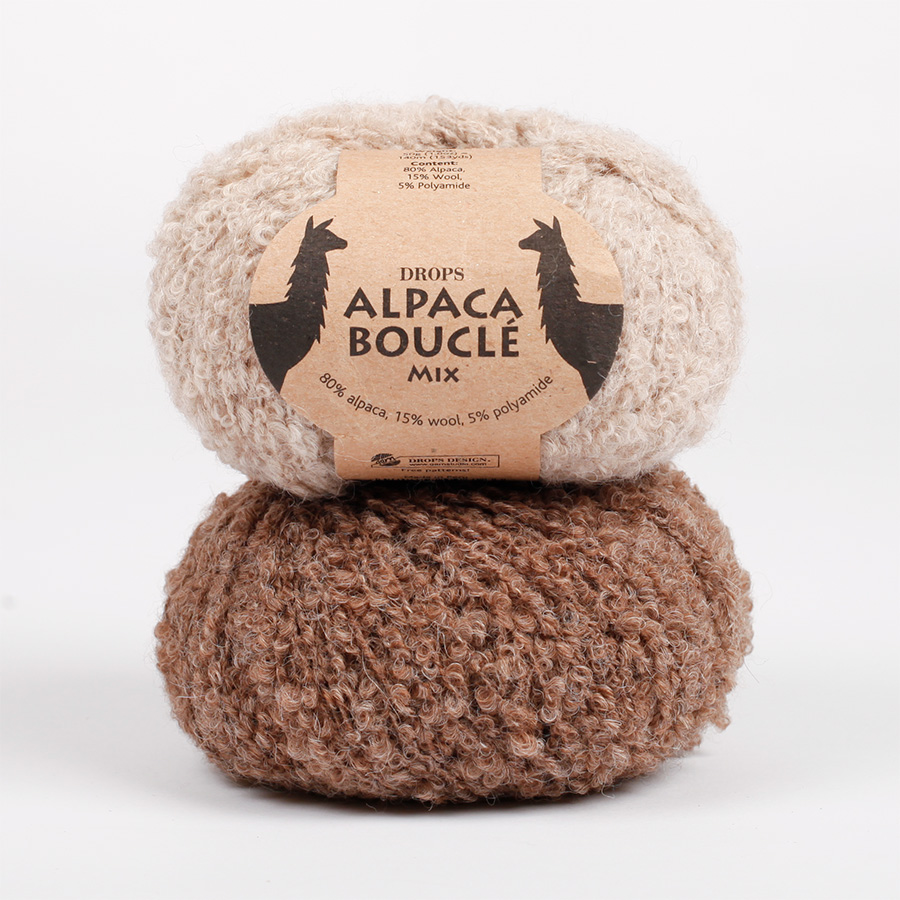
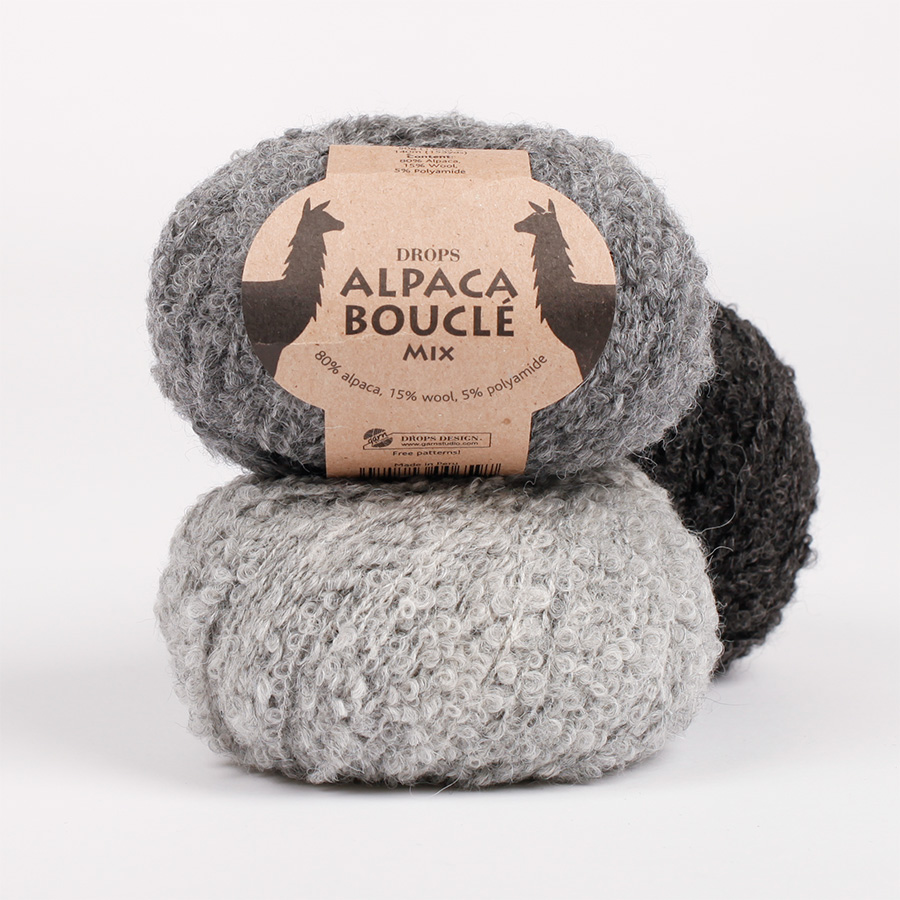
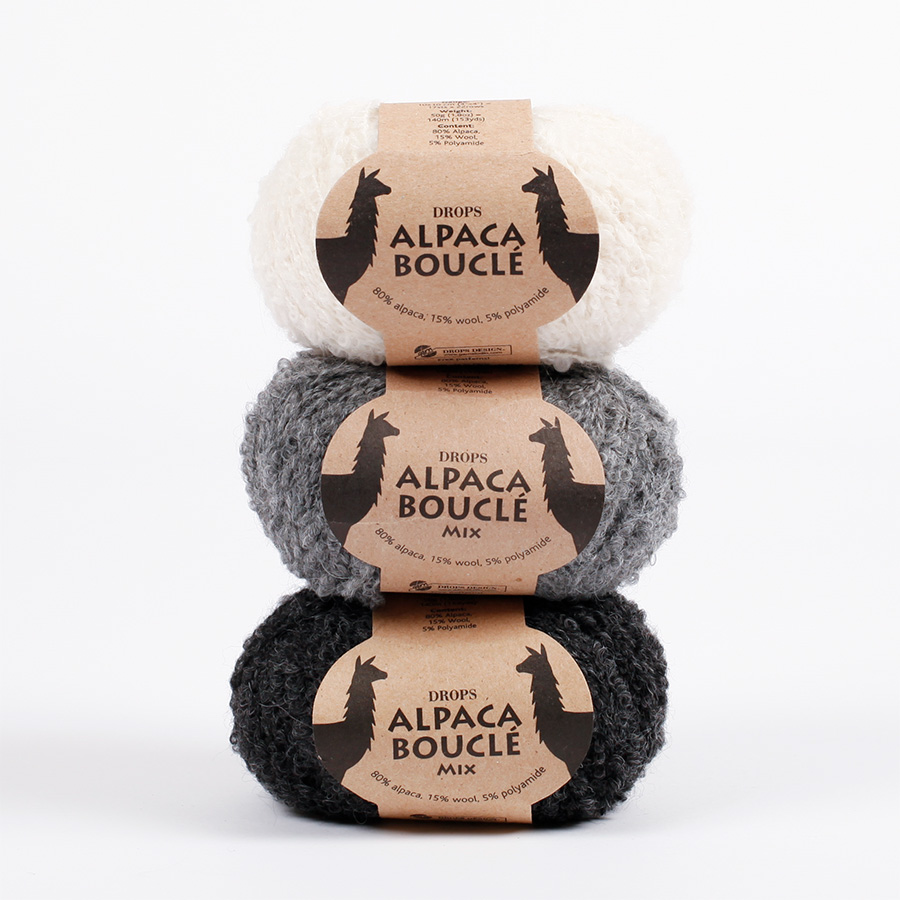
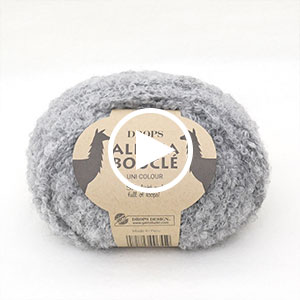

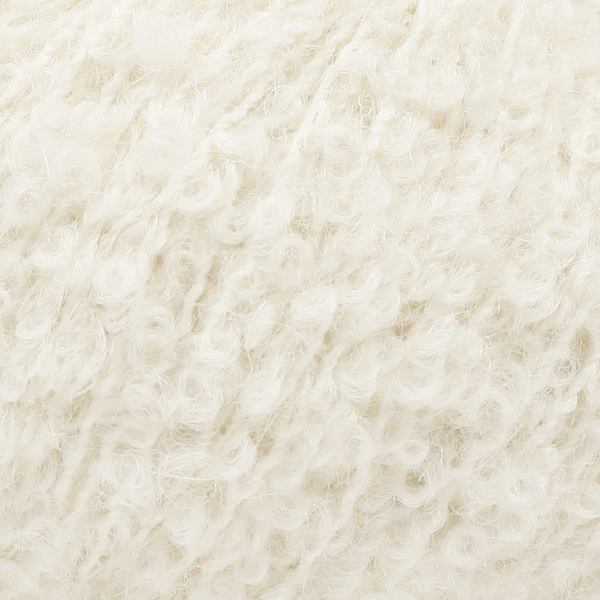





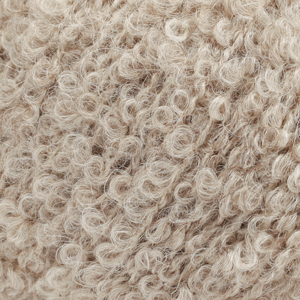
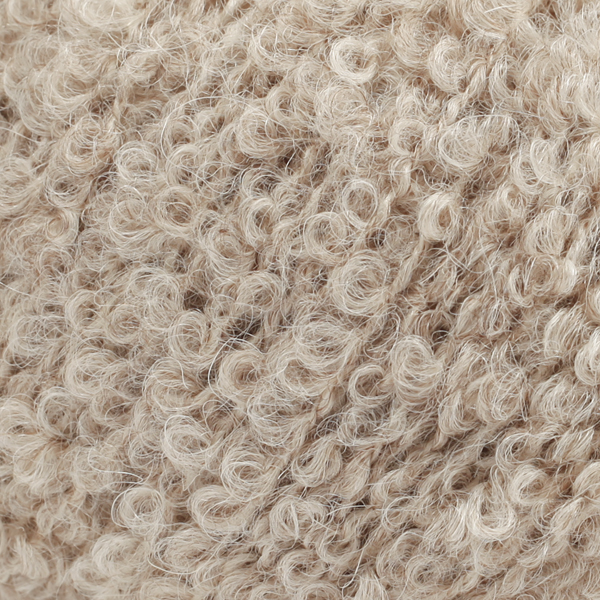







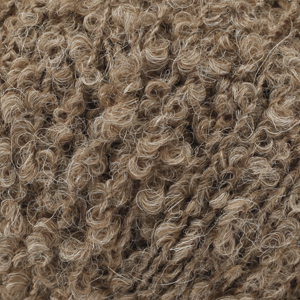
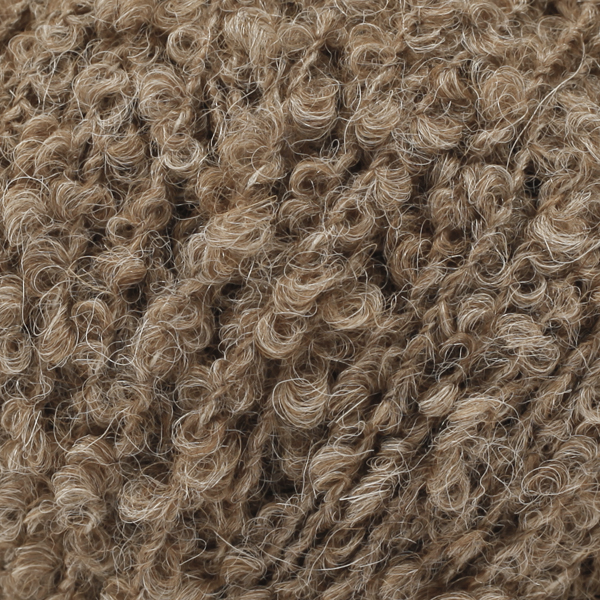





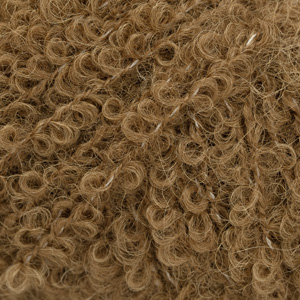
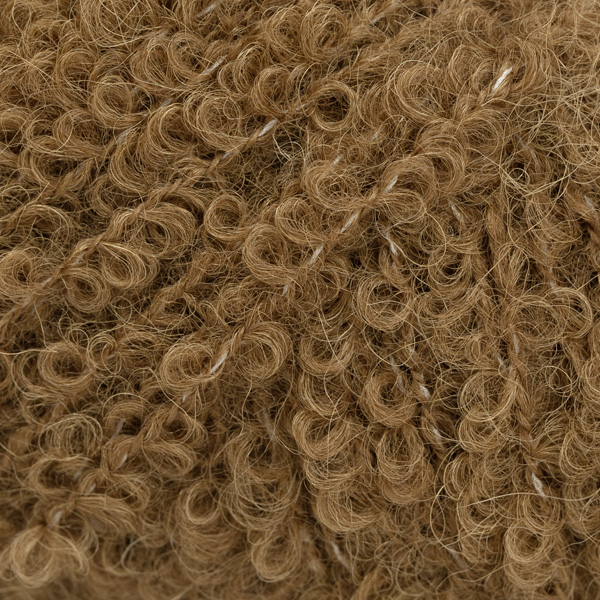
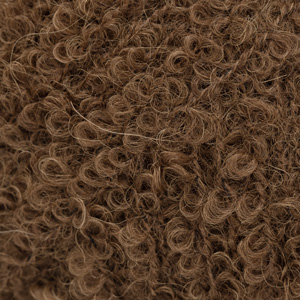
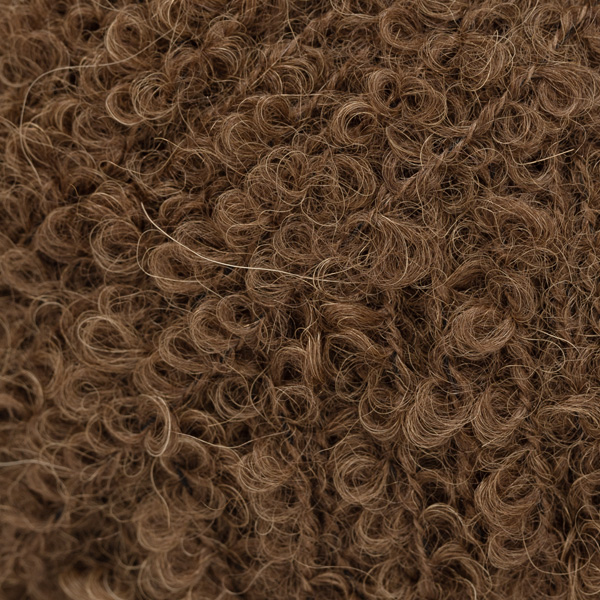




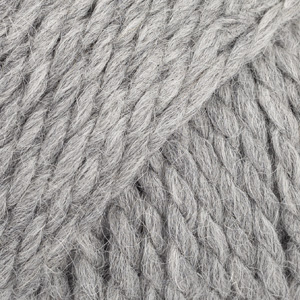

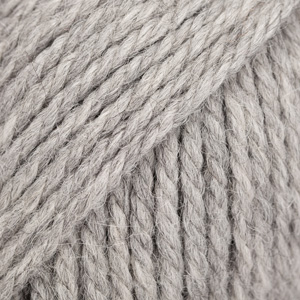
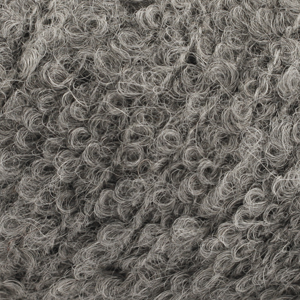
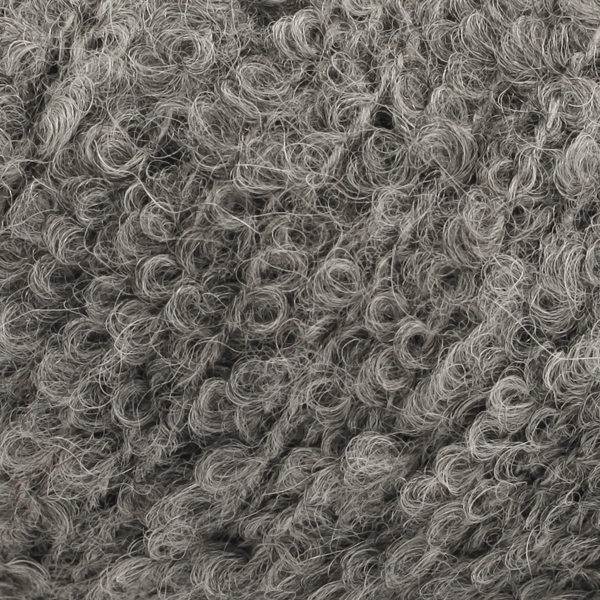






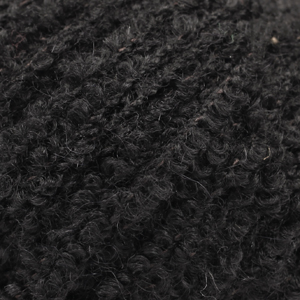
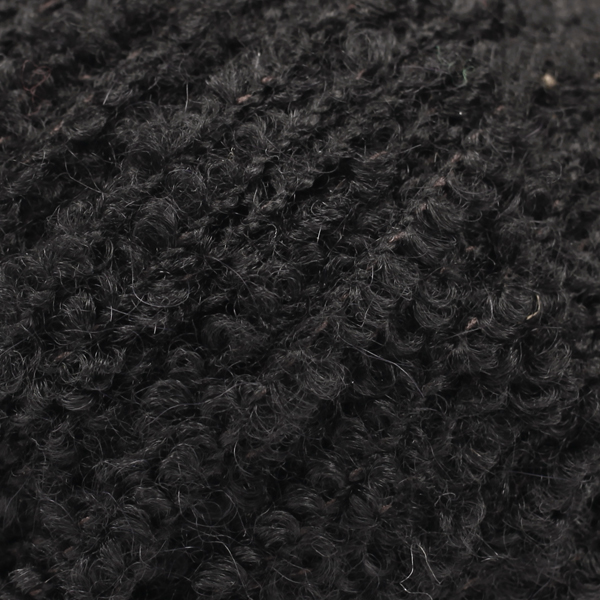















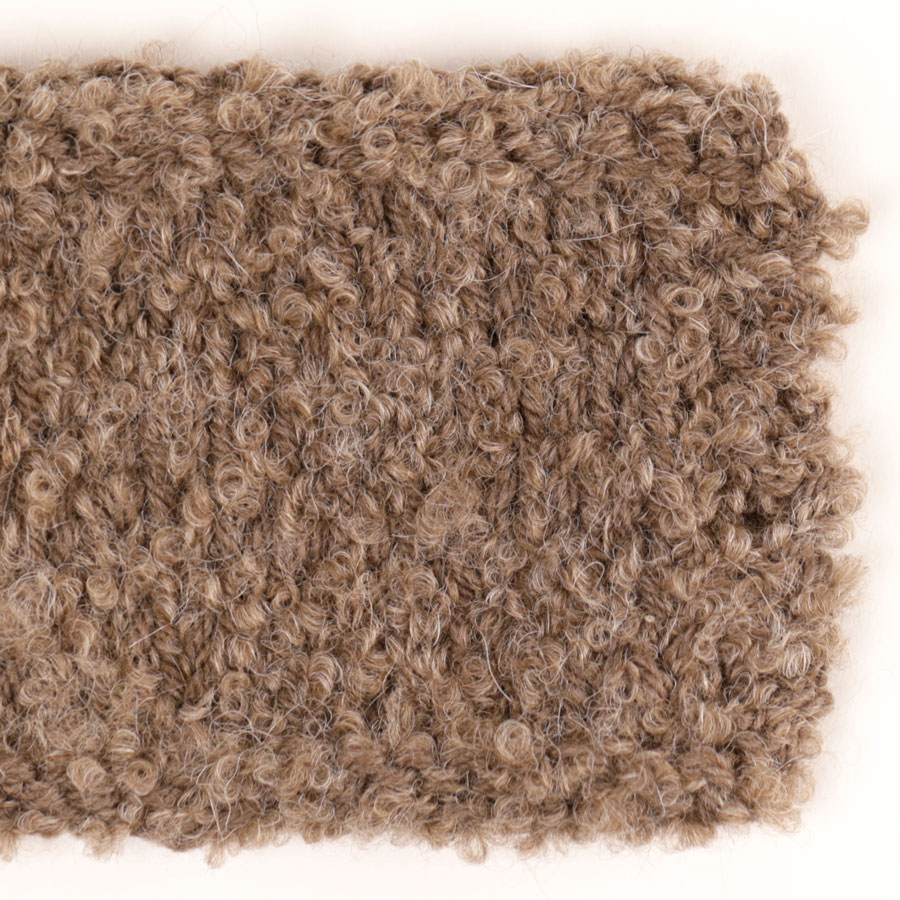
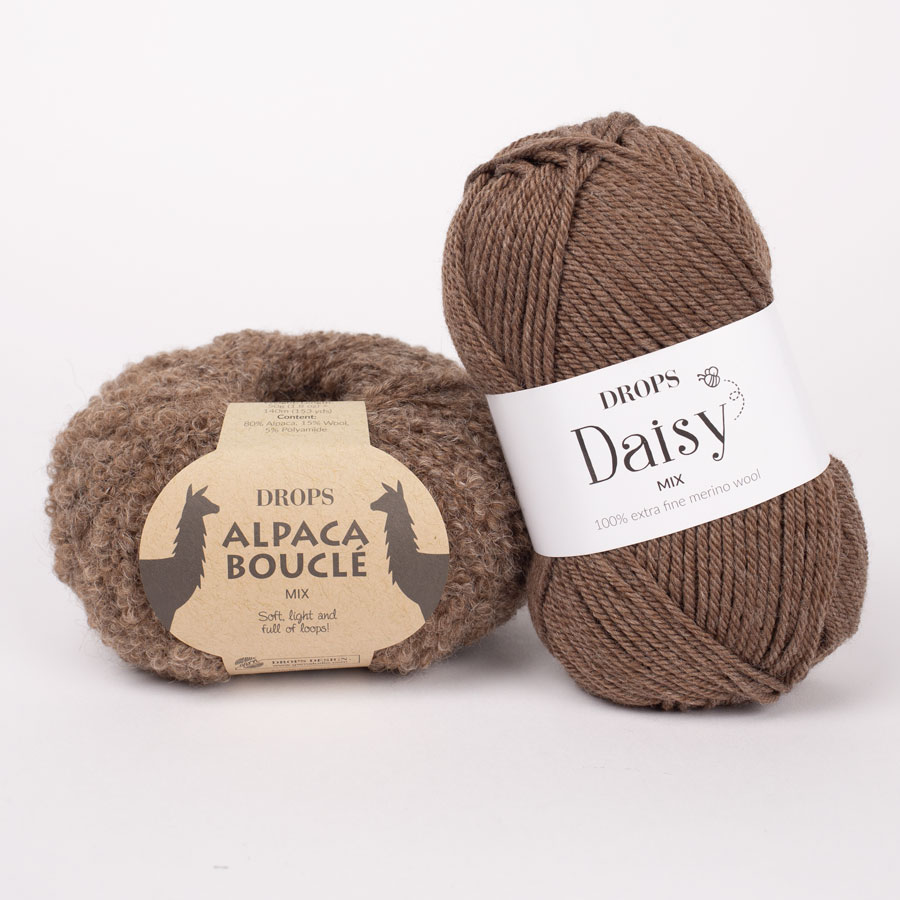

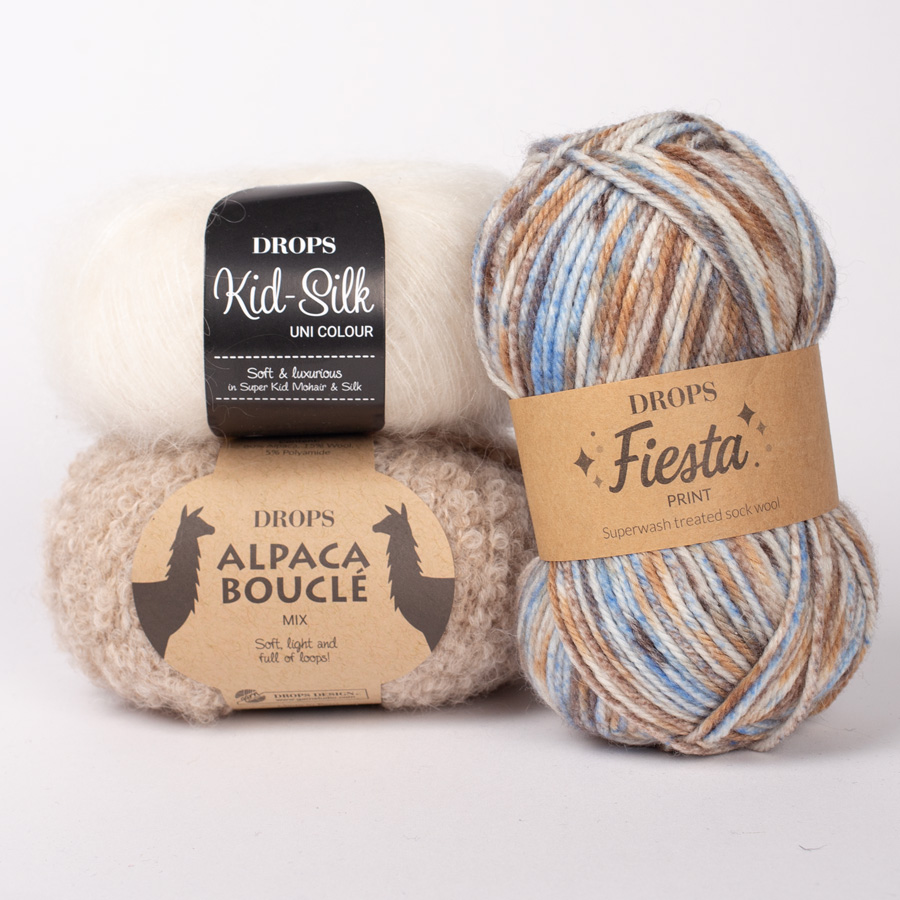
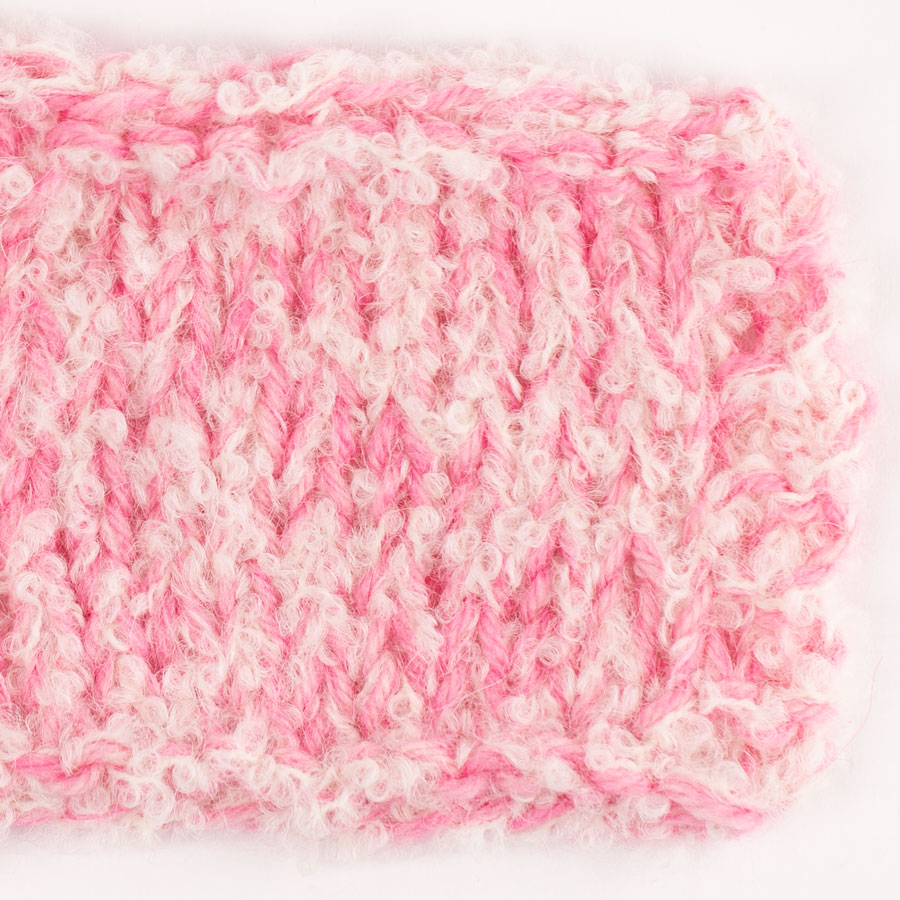
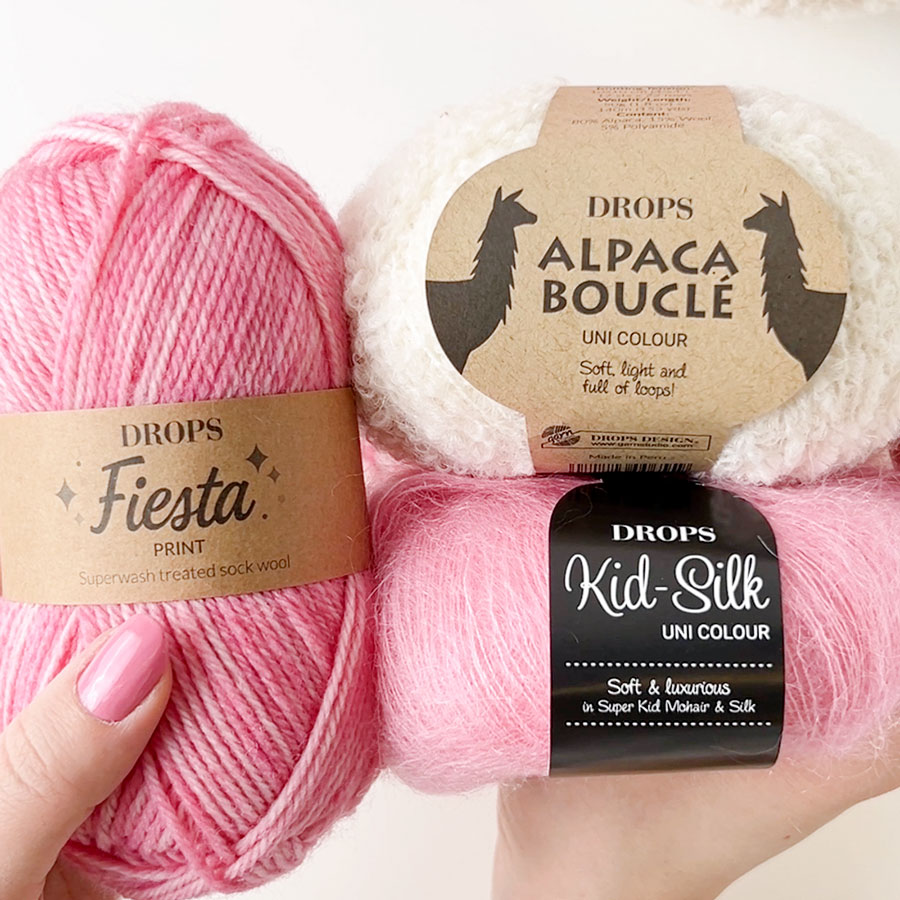
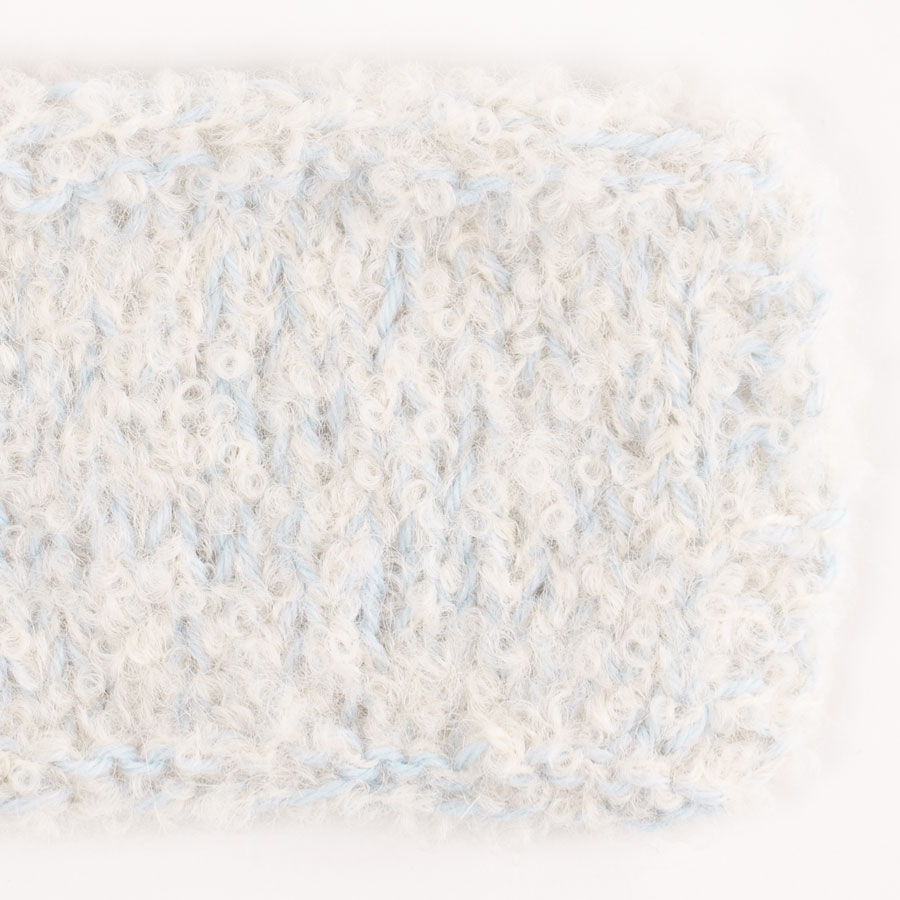
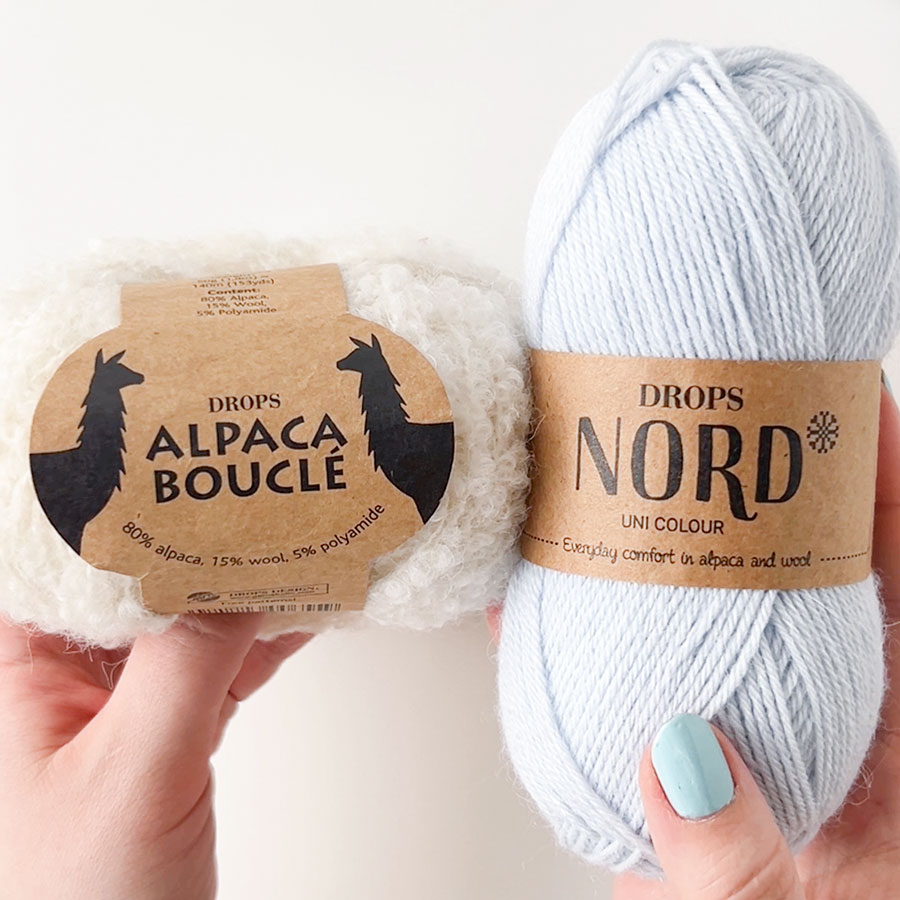
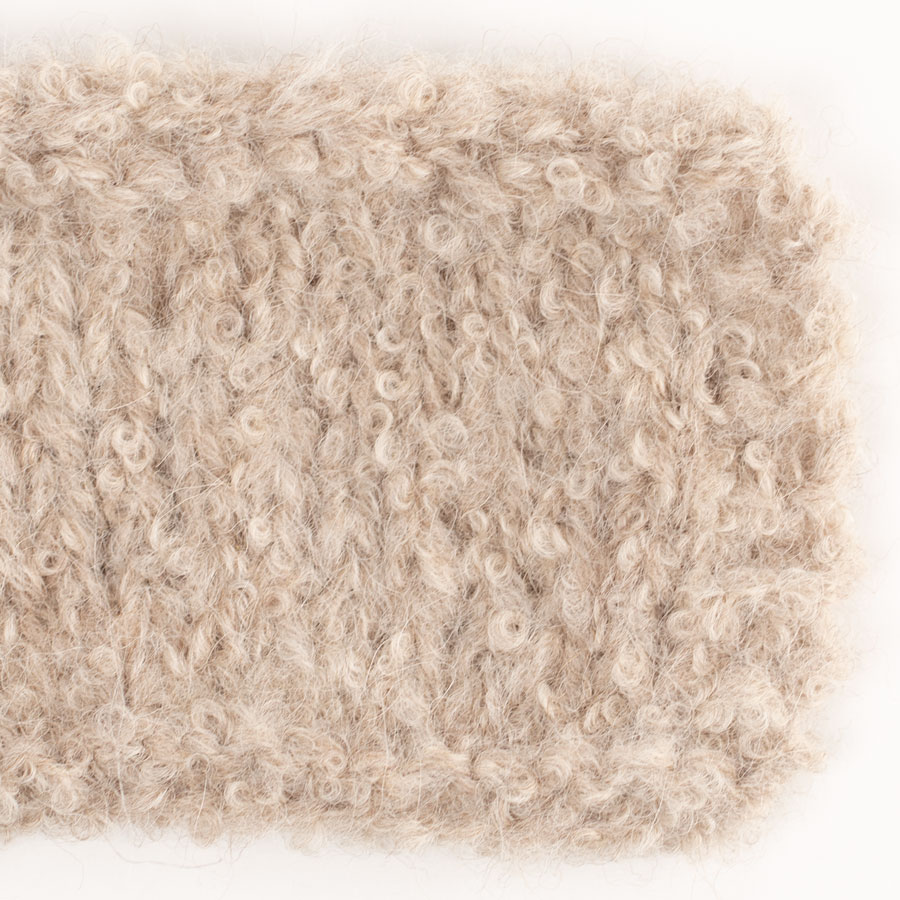
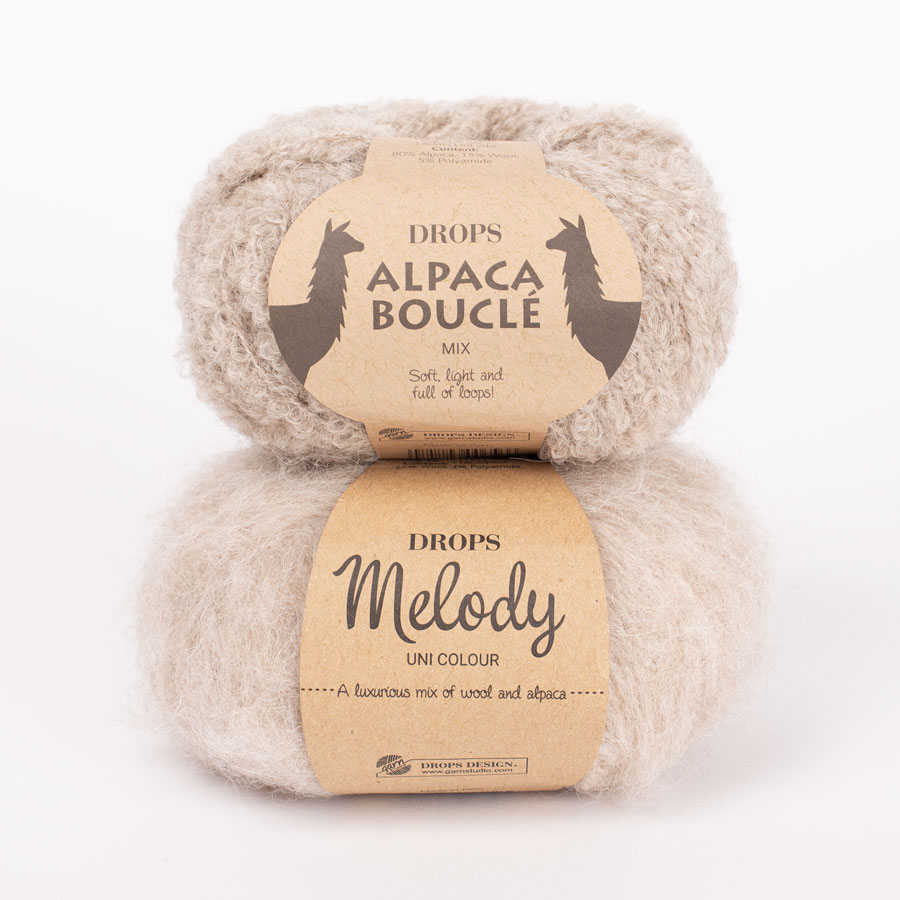
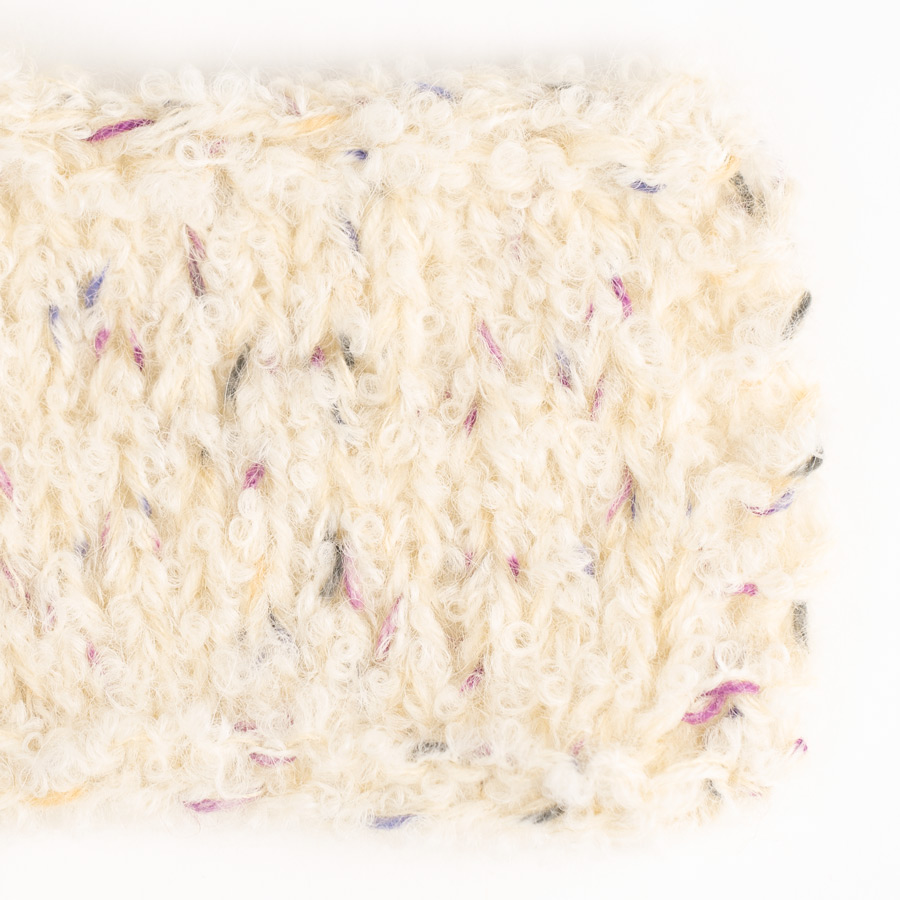
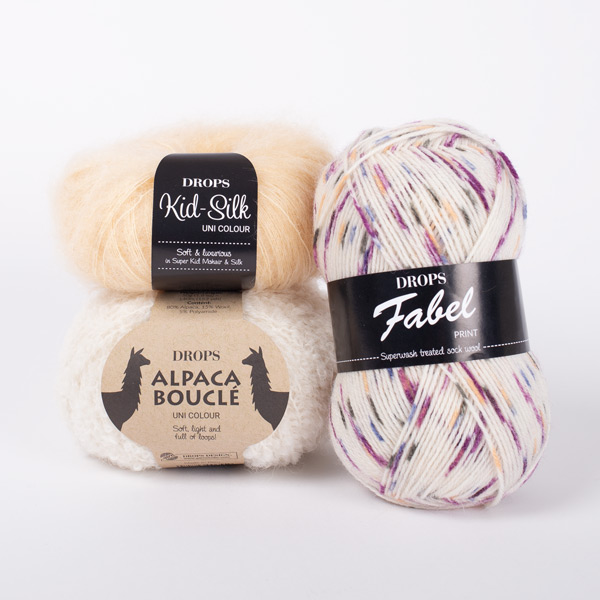
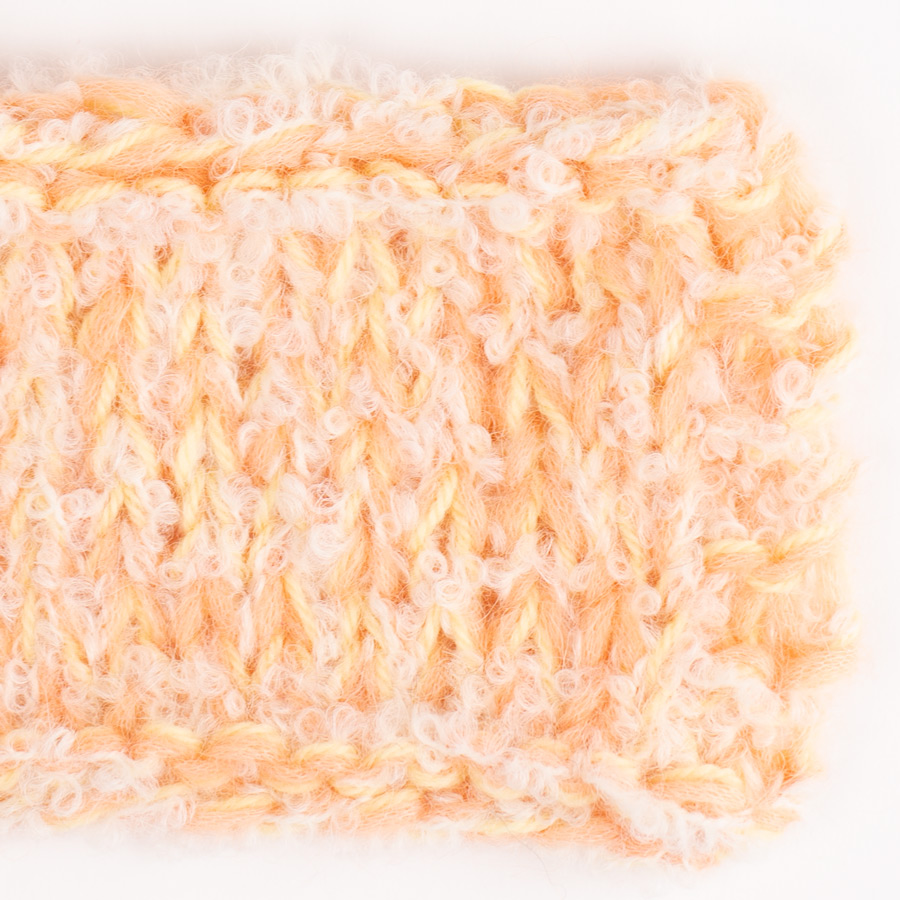
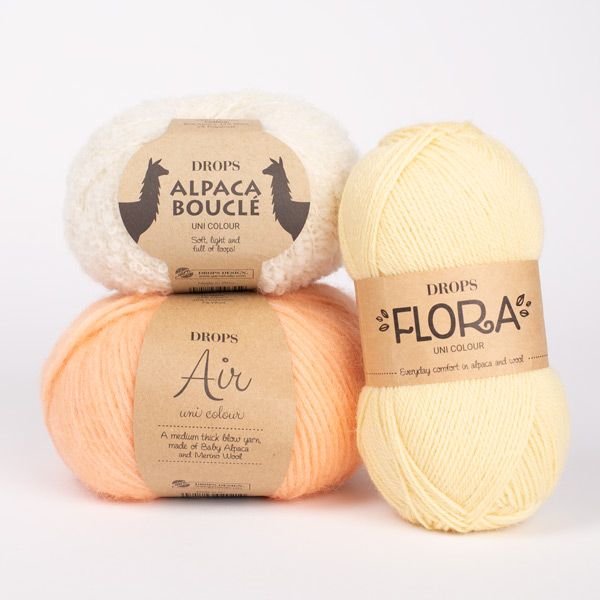
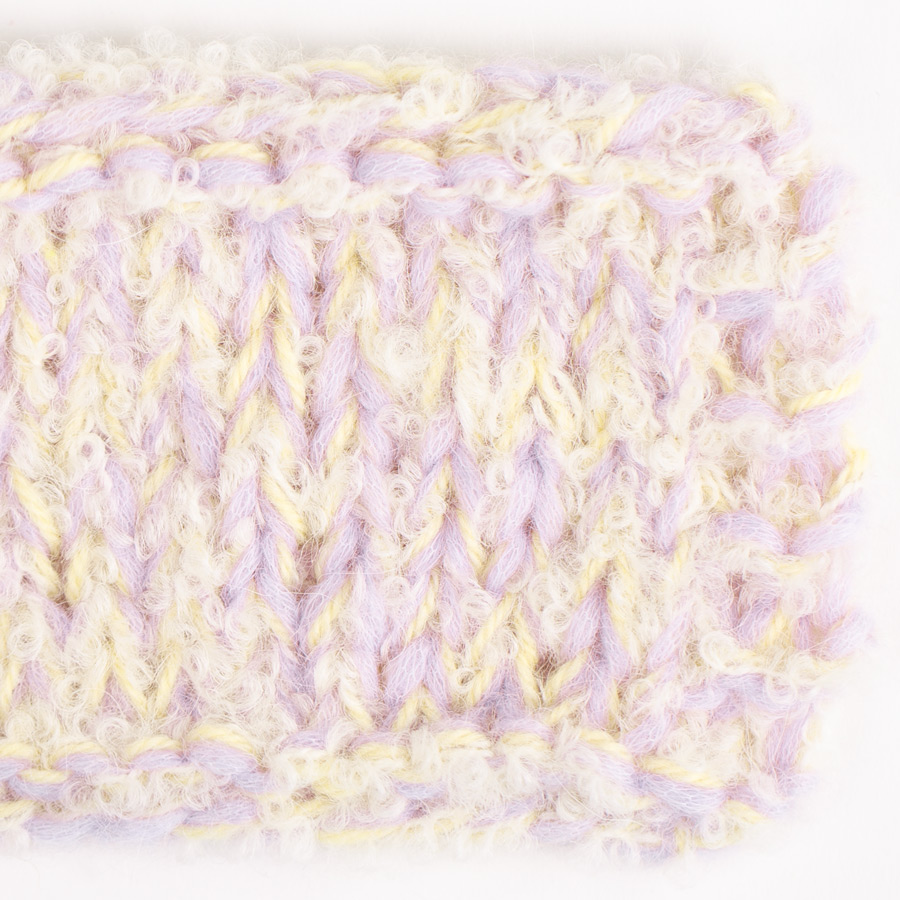
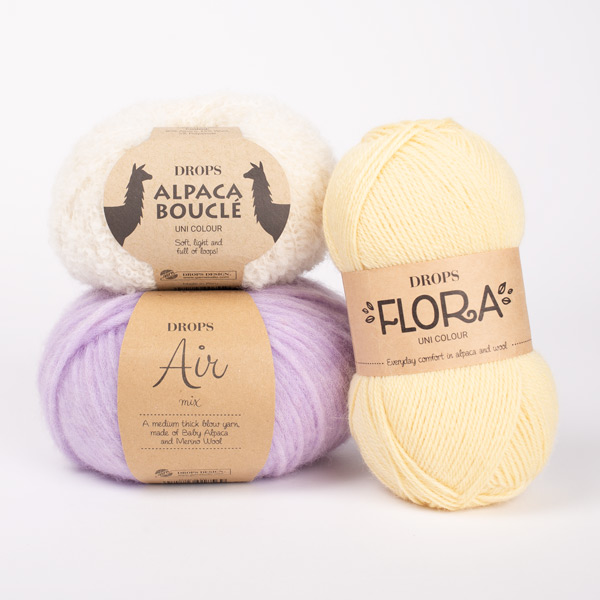
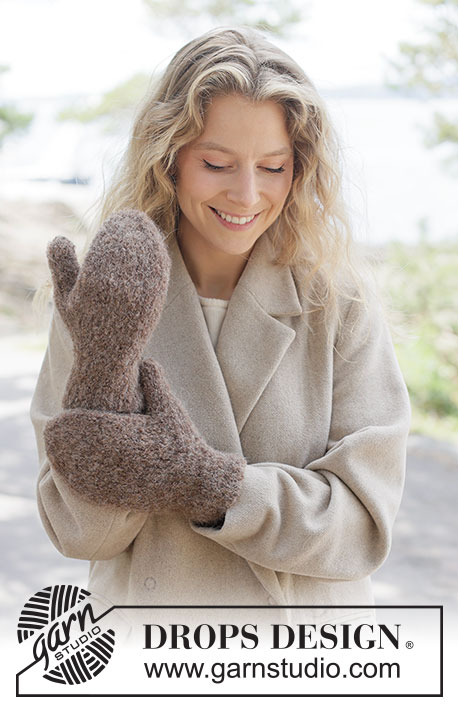





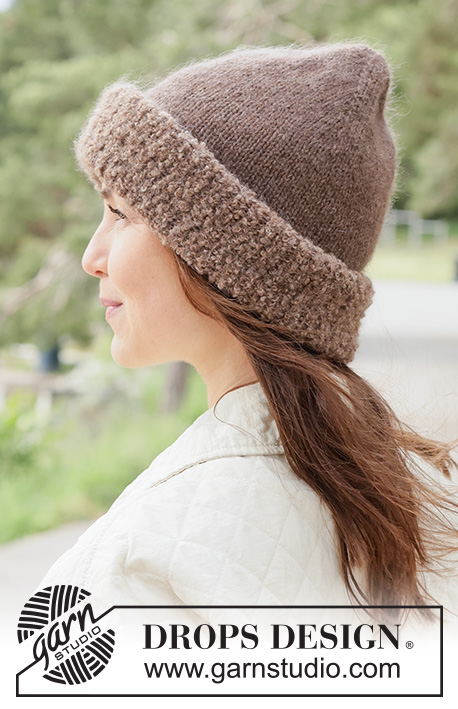

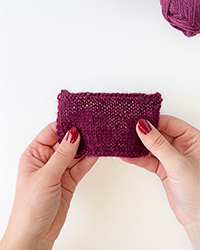

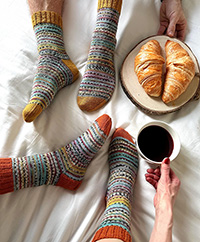
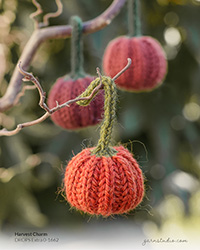


Voiko Drps Alpacaa karstata ja millainen on tulos? Miten karstattua neuletta hoidetaan?
18.12.2020 - 08:47